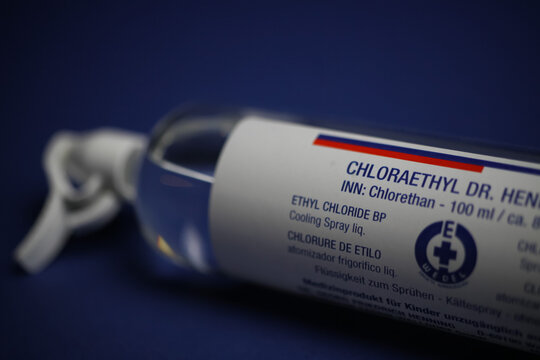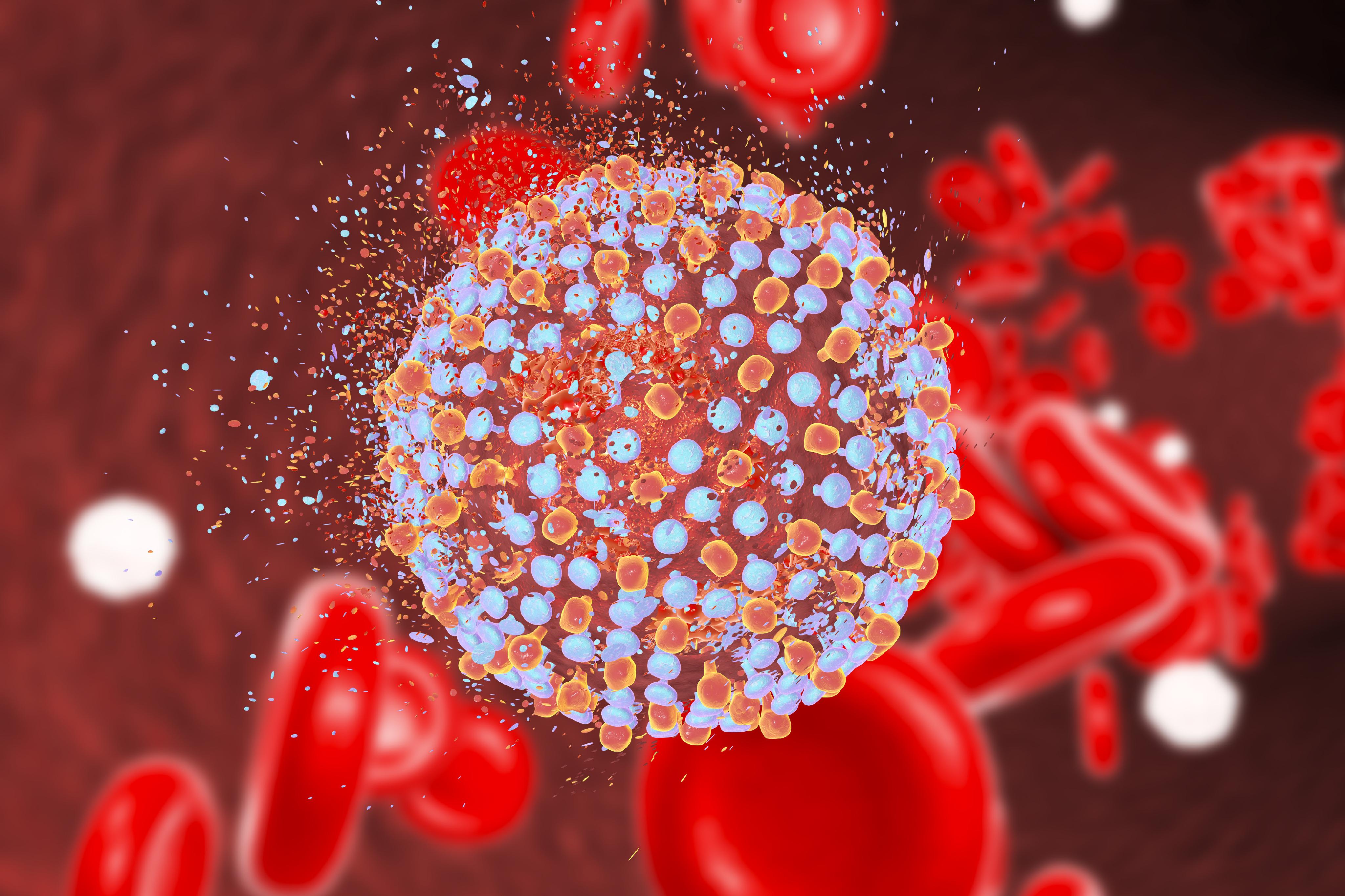There are no products in your cart
Categories
TOP
TOP
- 1. COVID -19 SEJOY rapid antigen test for nasal passages
- 2. Rapid test for COVID-19 antigens
- 3. AteroLip complex N90. Better price!
- 4. 3 PCS of AteroLip complex N90 better price!
- 5. BASICA SPORT, 660 g
- 6. 4 PCS of AteroLip complex N90 better price!
- 7. A+E vitamins Nourishing Ointment 60g BIG PACK
- 8. Sale! 3 PCS of FORCAPIL, effective nutritional supplement for ...
- 9. Orthomol Immun (30 daily doses)
- 10. Orthomol Arthro plus (30 daily doses)
Now Online
Now Online
We have 511 guests online
Health
Use of Chloraethyl (Dr. Henning Spray 175ml) in medicine and sports

Chloraethyl, also known as ethyl chloride (Chloraethyl), is a chemical compound widely used in medicine and industry. It is a colorless, easily flammable liquid with the chemical formula C2H5Cl. In medicine, ethyl chloride (Chloraethyl) is commonly used as a local anesthetic and cooling agent. This article will discuss the possibilities of using ethyl chloride in medicine, its mechanism of action, safety of use, and the latest research in this field.
Hydrogen peroxide (H₂O₂), what you need to know - benefits and hazards

Hydrogen peroxide (H₂O₂) is valued in medicine for its strong oxidative properties, which enable it to act as an antiseptic and disinfectant. Hydrogen peroxide is a simple yet interesting compound with a wide range of applications, from medicine to industry.
What is hepatitis C and what health risks does it pose?

Hepatitis C is a viral infection that damages the liver and can cause both mild and severe forms of the disease, including chronic liver inflammation, cirrhosis, and hepatocellular carcinoma (liver cancer). This infection is caused by the Hepatitis C virus (HCV), which is transmitted through contaminated blood and other body fluids. Hepatitis C is a global public health issue, often remaining unnoticed for a long time due to its asymptomatic initial stage.
What is chickenpox? Symptoms, spread, and prevention methods

Chickenpox, known in medical terminology as varicella, is a highly contagious viral disease caused by the varicella-zoster virus. This illness most commonly manifests in childhood and is characterized by distinctive skin rashes that turn into itchy blisters. Chickenpox begins with mild symptoms, such as fever, headache, and general malaise, followed by the characteristic rash. The rash initially appears as small red spots, which quickly turn into blisters filled with a clear fluid. After a few days, these blisters begin to dry out and form crusts.
What causes potassium deficiency?

Potassium, symbolized as K, is a chemical element and an essential mineral that plays a vitally important role in the human body. It is an electrolyte necessary for many bodily functions, including the transmission of nerve signals, muscle contractions, and heart function. Potassium is also a crucial component that helps maintain optimal fluid balance in the body and regulates blood pressure and acid-base balance.
More Articles...
Page 9 of 44






